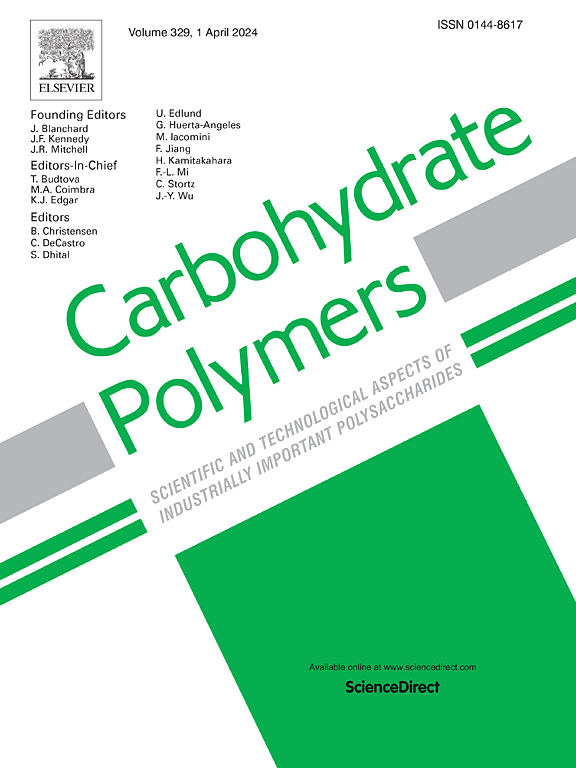Visible-light driven photocatalytic degradation of triphenylmethane and azo dyes using a graphene oxide reinforced pectin hydrogel
IF 12.5
1区 化学
Q1 CHEMISTRY, APPLIED
引用次数: 0
Abstract
A three-dimensional network structure comprising pectin, glutaraldehyde and graphene oxide (PGG) was effectively combined to create a composite hydrogel that enhances photocatalytic degradation by producing reactive oxygen species in response to visible light. The PGG hydrogel was created to address issues with photocatalyst performance, including low adsorption capacity and low degradation efficiency. The material was comprehensively characterized using Fourier transform infrared spectroscopy (FTIR), X-ray diffraction (XRD), scanning electron microscopy (SEM) and Brunauer-Emmett-Teller (BET) isotherm analysis. The PGG hydrogel demonstrated superior structural and functional features by outperforming comparative investigations of swelling ratio and gelation time. With initial dye concentrations of 100 mg/L for Malachite green and 80 mg/L for Metanil yellow, the ideal pH values for degradation were found to be 8 and 6, respectively. Over several cycles, the PGG hydrogel maintained a high degrading efficiency for MG at 99 % and for MY at 99.5 % while demonstrating exceptional stability and reusability.

使用氧化石墨烯增强果胶水凝胶的可见光驱动光催化降解三苯甲烷和偶氮染料
由果胶、戊二醛和氧化石墨烯(PGG)组成的三维网络结构有效地结合在一起,形成了一种复合水凝胶,通过在可见光下产生活性氧来增强光催化降解。PGG水凝胶的产生是为了解决光催化剂性能低的问题,包括低吸附容量和低降解效率。采用傅里叶变换红外光谱(FTIR)、x射线衍射(XRD)、扫描电镜(SEM)和布鲁诺尔-埃米特-泰勒(BET)等温线分析对材料进行了全面表征。通过对溶胀率和凝胶时间的比较研究,PGG水凝胶表现出优越的结构和功能特征。孔雀石绿的初始染料浓度为100 mg/L,甲基黄的初始染料浓度为80 mg/L,降解的理想pH值分别为8和6。经过几个循环,PGG水凝胶对MG的降解效率达到99%,对MY的降解效率达到99.5%,同时表现出优异的稳定性和可重复使用性。
本文章由计算机程序翻译,如有差异,请以英文原文为准。
求助全文
约1分钟内获得全文
求助全文
来源期刊

Carbohydrate Polymers
化学-高分子科学
CiteScore
22.40
自引率
8.00%
发文量
1286
审稿时长
47 days
期刊介绍:
Carbohydrate Polymers stands as a prominent journal in the glycoscience field, dedicated to exploring and harnessing the potential of polysaccharides with applications spanning bioenergy, bioplastics, biomaterials, biorefining, chemistry, drug delivery, food, health, nanotechnology, packaging, paper, pharmaceuticals, medicine, oil recovery, textiles, tissue engineering, wood, and various aspects of glycoscience.
The journal emphasizes the central role of well-characterized carbohydrate polymers, highlighting their significance as the primary focus rather than a peripheral topic. Each paper must prominently feature at least one named carbohydrate polymer, evident in both citation and title, with a commitment to innovative research that advances scientific knowledge.
 求助内容:
求助内容: 应助结果提醒方式:
应助结果提醒方式:


